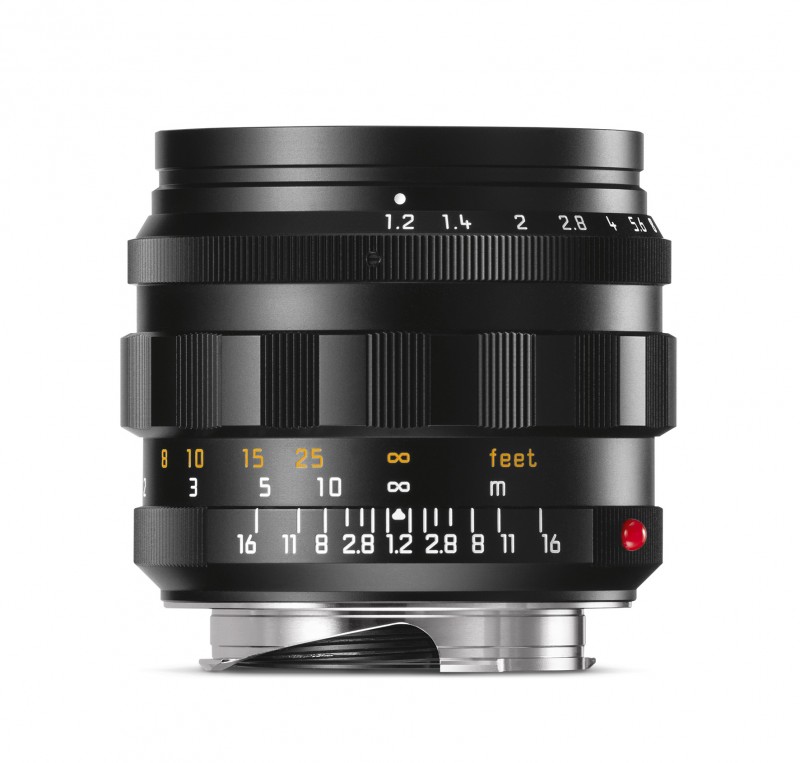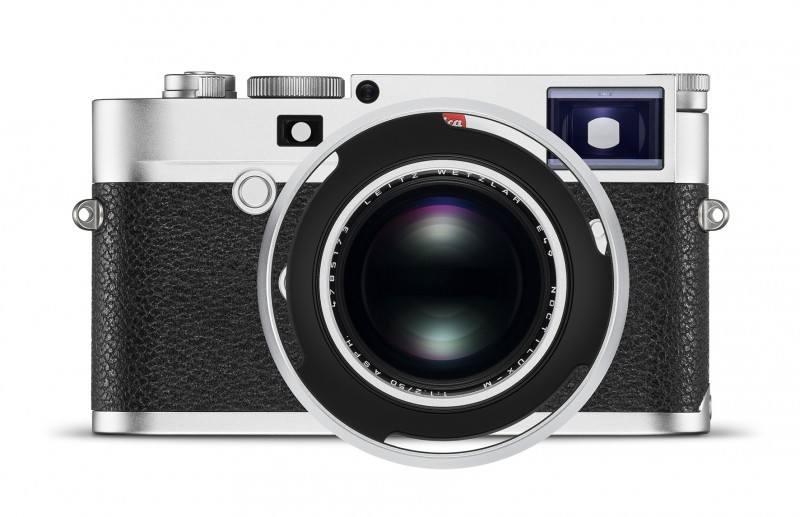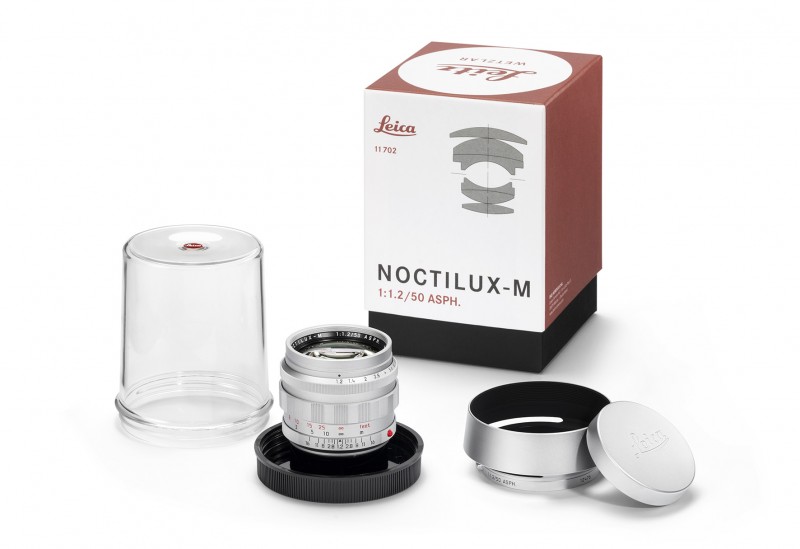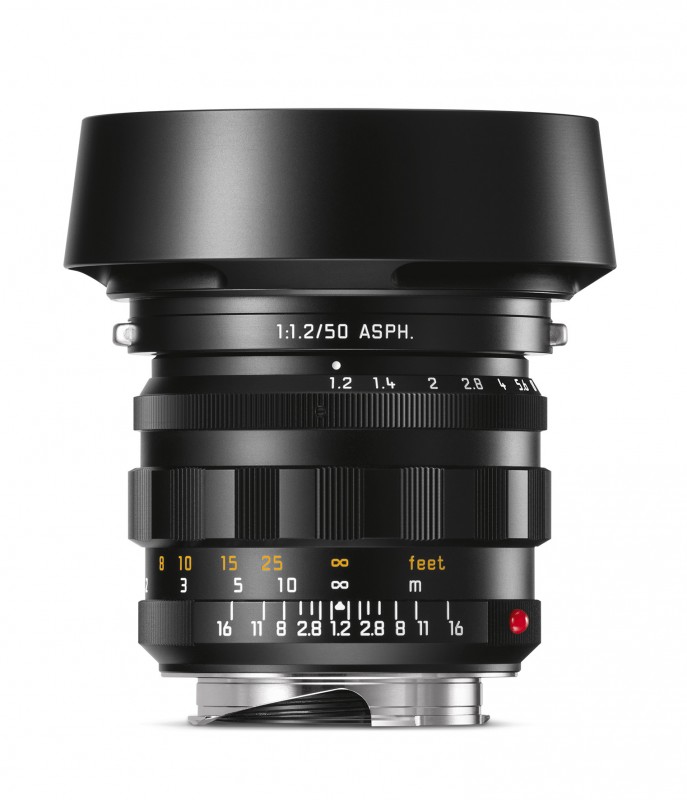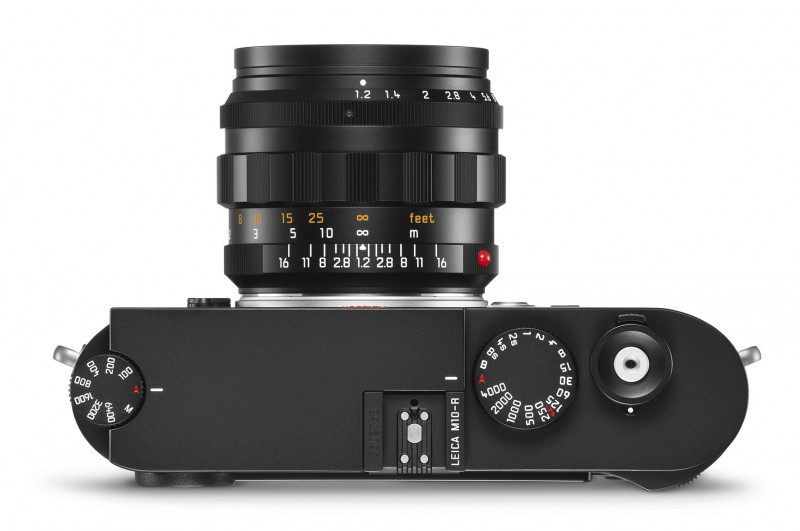With the Noctilux-M 50 f/1.2 Asph Leica is re-issuing a lens that occupies a very special place in the company’s history. Produced from 1966 to 1975, the Noctilux 50 f/1.2 was the world’s first lens to feature aspherical elements and, as such, represented something of a sensation. Its light sensitivity (which is enormous even by today’s standards) further contributed to the Noctilux’s legendary status – as did its unique aesthetic: images captured at open aperture are imbued with a soft, almost dreamlike quality – creating an unmistakable look with an exquisite bokeh.
These distinctive visual characteristics have been carefully retained in the new Noctilux-M 50 f/1.2, whose calculation and construction adheres so closely to the original that the imaging results are almost identical. Despite the fact that it was originally calculated more than fifty years ago, the purpose of this lens is by no means limited to nostalgic experiments: once it has been stopped down to f/2.8 (at the very latest), the Noctilux-M 50 f/1.2 delivers sharp images that live up to any quality expectations of modern-day digital photography. The lens also continues to be the most compact and light-weight Noctilux in Leica’s catalogue.
The black anodised variant of the new Noctilux-M 50 f/1.2 Asph with aluminium lens barrel is available at specialist retailers as of now. The lens comes in packaging inspired by the original box, and is complemented by the same lens container that was provided with the original Noctilux 50 f/1.2 for safe keeping. The silver chrome variant, which is released in parallel, will be limited to a production run of 100 units. The special-edition model features a brass lens barrel, a front-ring engraving that reads LEITZ WETZLAR (instead of LEICA), and comes in packaging that bears an even closer resemblance to that of the original.
The Noctilux-M 50 f/1.2 Asph is the third lens to be added to the Leica Classics Range, following the previous re-issues of the Summaron-M 28 f/5.6 of 1955, and the Thambar-M 90 f/2.2 of 1935.
For further information please visit
Leica Camera